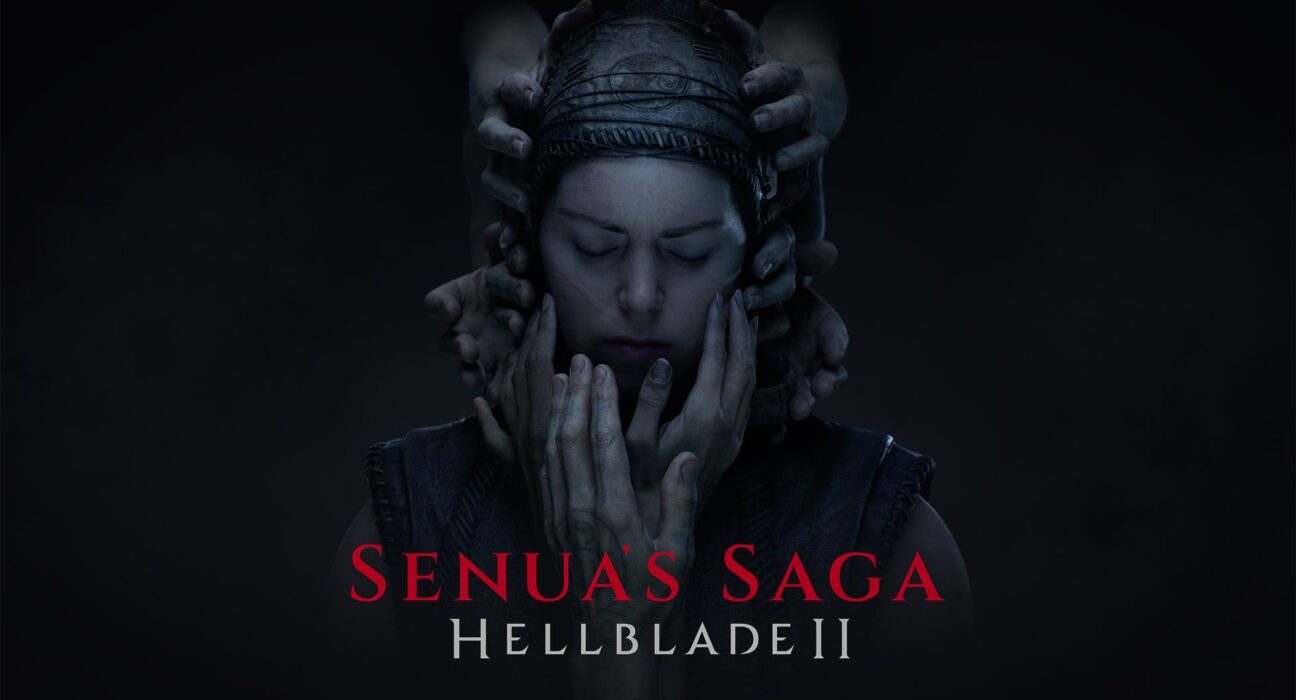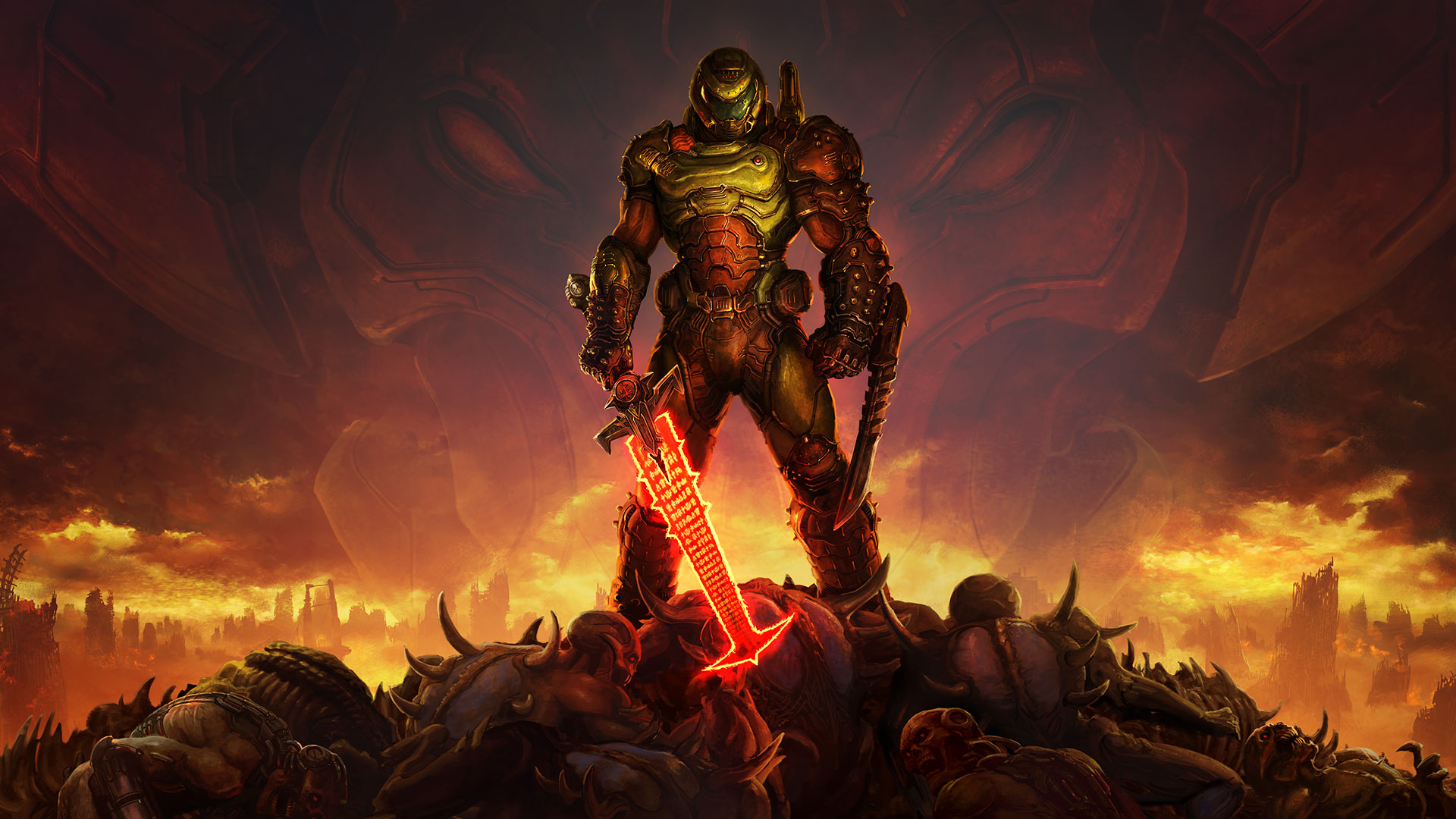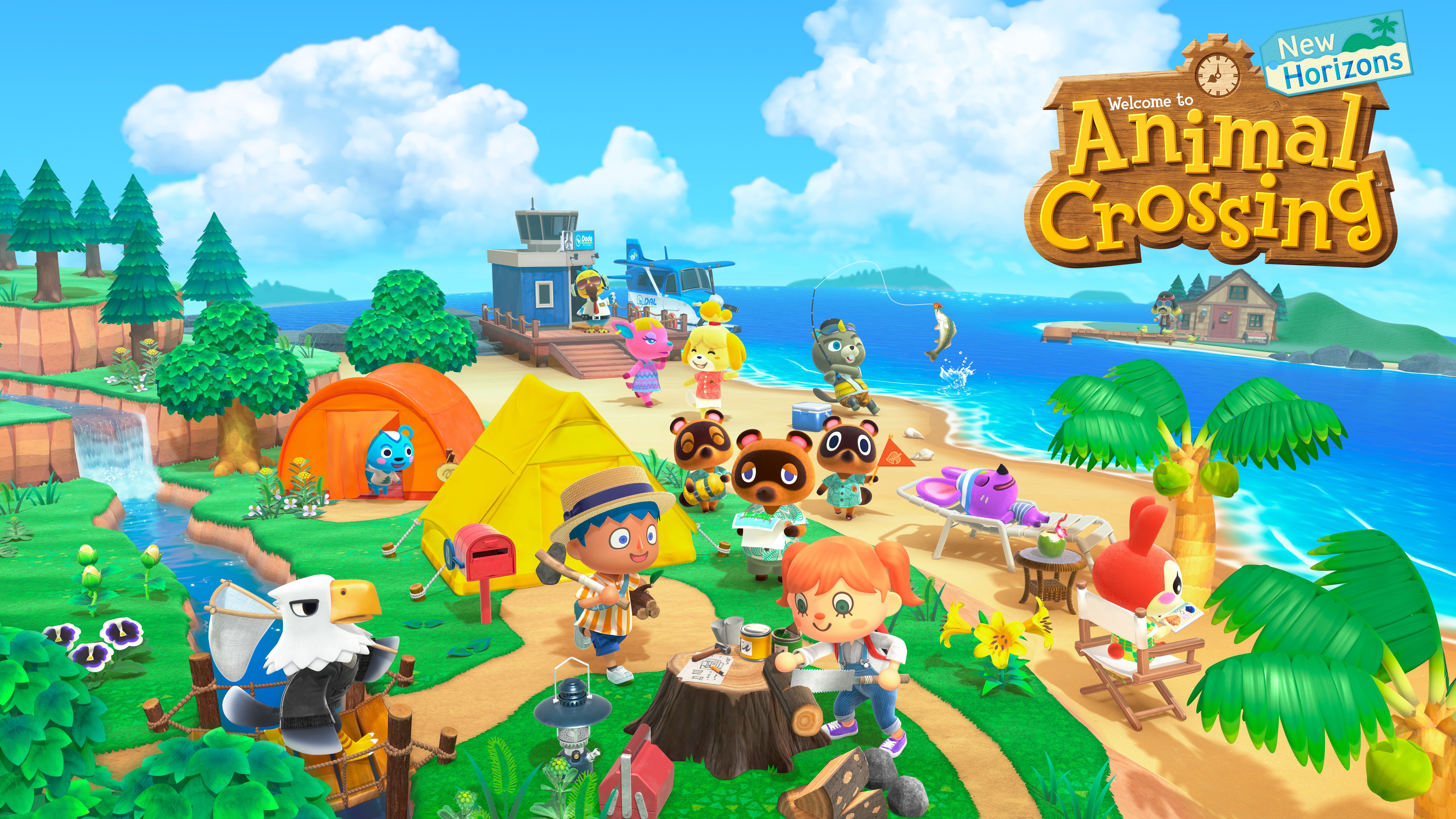It was almost seven years ago, on August 8, 2017, that Ninja Theory released the critically acclaimed wonder that is Hellblade: Senua’s Sacrifice. The project was revealed just three years prior and was pitched as an “Independent AAA” game, touting the production value of AAA games that we have grown to expect while maintaining the artistic integrity of independent development. As the eighth generation of video game consoles was beginning, the studio believed that AAA publishers would become increasingly frugal with rising development costs. Thus, a team of approximately twenty people worked to create the incredibly expressive, haunting, and cinematic experience that is Hellblade: Senua’s Sacrifice. The year following Hellblade’s release, during E3 2018, news broke that Ninja Theory was being acquired by Microsoft to become a part of the Xbox developer portfolio, and since then people have eagerly awaited the next big project, revealed a year later to be Senua’s Saga: Hellblade II. The studio did have a small stint with a multiplayer game in the form of Bleeding Edge, but that game was largely panned on release and quickly forgotten – so all eyes were on Hellblade II.
Now, that’s a pretty long introduction to this review, but I wanted to properly explain the culture and development mindset of Ninja Theory with the first Hellblade game. Ninja Theory was, and still is, a studio filled with incredibly passionate and committed developers who want nothing more than to create a genuine piece of art with Hellblade II. In the wake of the dumbest executive decisions made by Microsoft since the early Xbox One era of Don Mattrick, with the closure of beloved studios like Tango Gameworks and Arkane Austin, only for those same executives to state they need more projects like Tango Gameworks’ critically acclaimed and commercially adored Hi-Fi Rush, it’s kind of remarkable that a game as focused and genuine as Senua’s Saga: Hellblade II exists underneath the umbrella of the Xbox platform. This game is art, there are no two ways about it, and its incredibly high quality makes it stick out like a sore thumb amongst a portfolio that ranges from complacently safe to downright mismanaged and messy projects.
Senua’s Saga: Hellblade II, unsurprisingly, takes place after the events of the first game and is set in tenth-century Iceland. Senua has travelled from Helheim after the defeat of Hela, the Goddess of Death, and finds herself in Midgard, travelling with a slaver who agrees to lead her to those who enslaved her people. It quickly becomes apparent that things are awry in this land and her goals might not be as easily achieved as first thought.
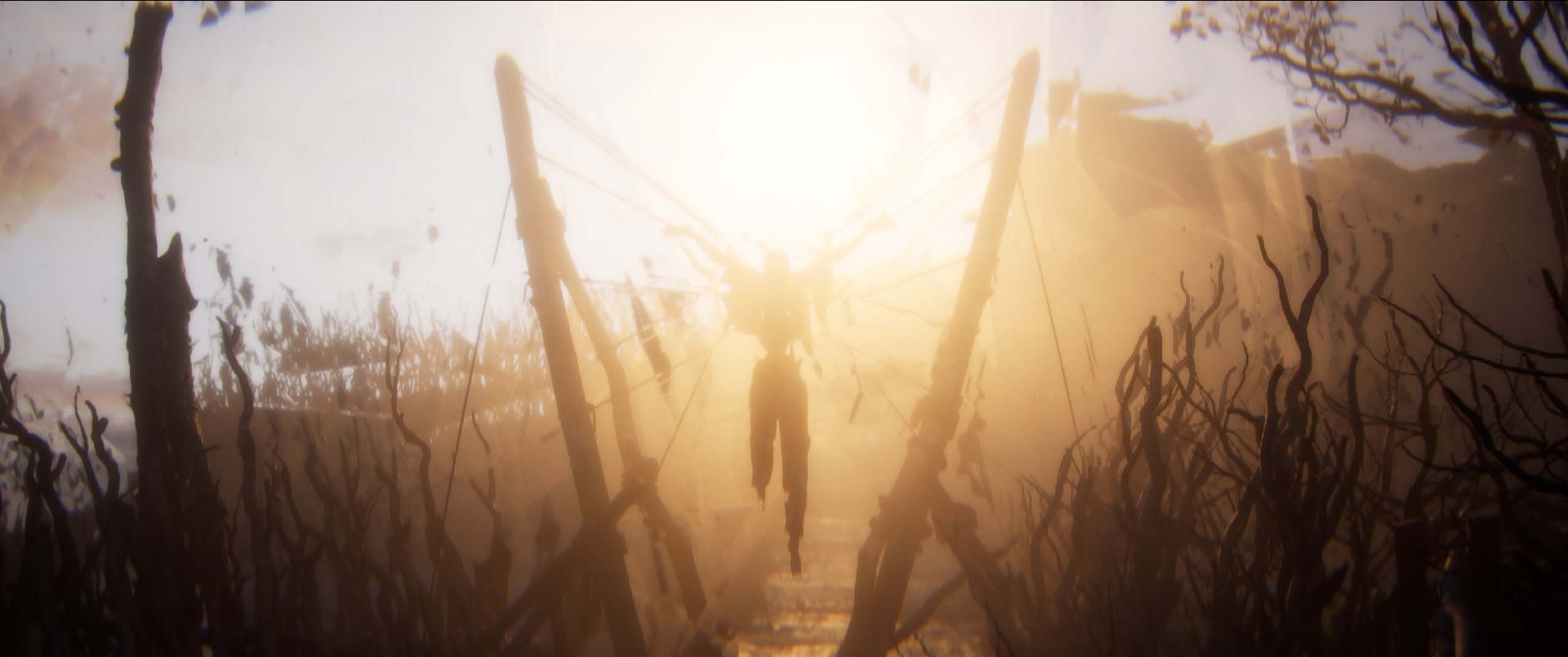
Don’t worry, just because her motivations aren’t as deeply personal as they were in the first game, this doesn’t mean that her presumed psychosis is not at play here. In fact, it’s stronger and more unpredictable than ever, and her battles with the voices in her head are on display, front and centre. Where the voices differ, however, is the exact messaging they give Senua throughout her adventure. In the first game, these voices were almost always intensely negative and discouraging, or paranoid. They played the role of Senua’s insecurities and fears that had grown enough to control her, and Senua had to learn how to overcome these fears so they couldn’t hold as tight a grip as they once had. This time, however, they aren’t always reminding Senua of her fears or her darkness. There are points where they are used as a vessel for Senua’s empathy. Her voices understand the actions of some other people, and so does she. It’s these moments of unexpected harmony that serve as a narrative and atmospheric dichotomy. You, as the player, know that these voices are supposed to work against you. They’re supposed to instil fear, paranoia, and uncertainty in both the player and Senua, yet you find yourself surprised to hear these voices speak in a rather positive manner. Bear in mind that this is still infrequent and these voices will still elicit the same negative feelings as they did previously, but they will catch you off guard with their occasional tonal juxtaposition.
This varied tone lends itself to Senua’s Saga: Hellblade II’s overarching theme; growth and empathy. These themes extend beyond just Senua and her voices, and reach the supporting cast too. Unlike the first game, Senua does not travel entirely on her lonesome; she is accompanied by a small group of travellers. Some are enthusiastic companions, others begrudging, but the game’s overarching themes create moments of character development that were unexpected.
Perhaps the strongest part of Senua’s Saga: Hellblade II’s writing is just how focused it is. Yes, the game is a little grander than its predecessor by way of its larger immediate cast, but the game still understands that it doesn’t need anything more than that to be engaging. The story isn’t a save-the-world affair. It isn’t learning some incredibly powerful combat ability to take down a god. It’s human. It’s intimate. It’s brilliant. If a game like God of War: Ragnarok’s scale is that of a planet, Senua’s Saga: Hellblade II is the moon orbiting that planet.
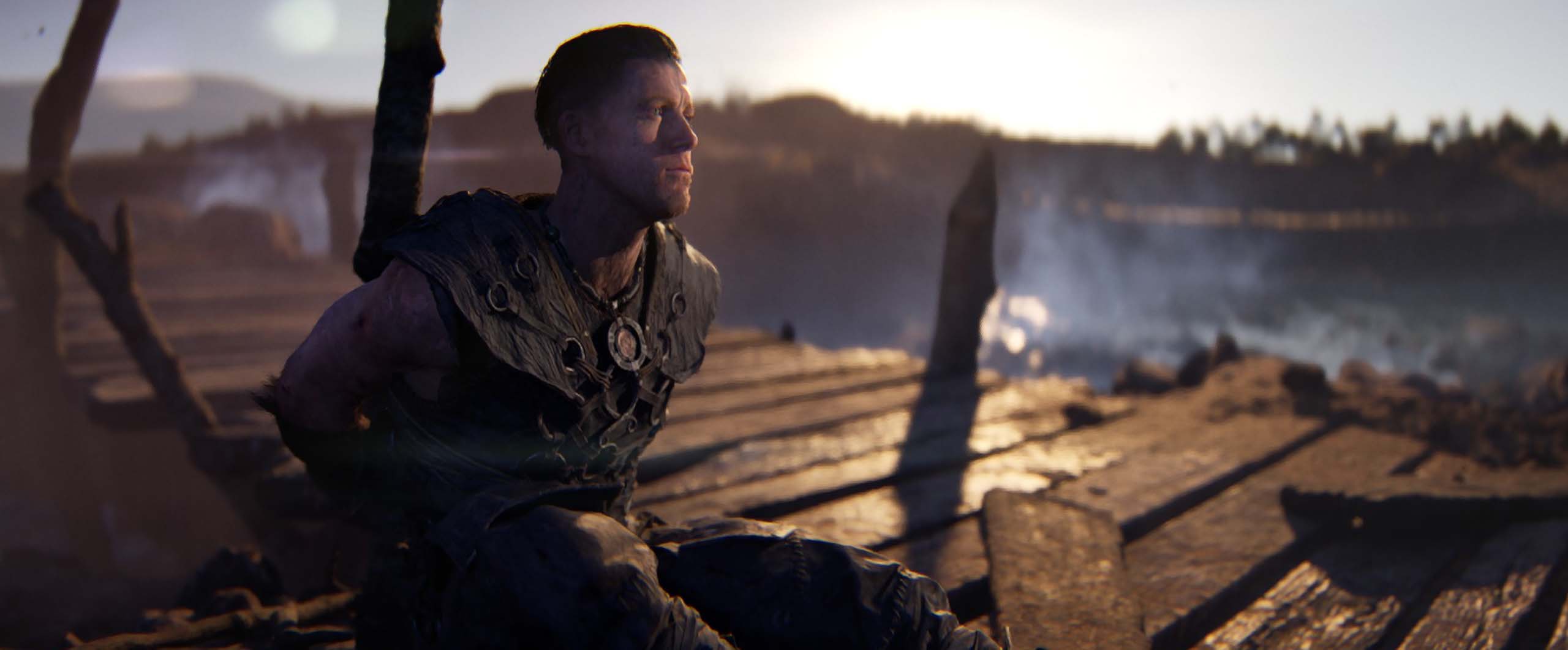
One of the more unique things about the overall Hellblade experience is the fact that, through the use of its impeccable binaural audio for Senua’s voices, you are able to properly connect with Senua’s experience. By using sound design in this capacity, Ninja Theory has once again created a platform that allows people from a variety of backgrounds and experiences to connect with the realities of mental illness issues; this is a prime example of the video game medium being much more impactful and resonant than just a bunch of pixels.
Aiding in the storytelling of Senua’s mental battles are the puzzles. You don’t get the notion in the first game that the puzzles and illusions were figments of her imagination. However, with the inclusion of a supporting cast, you begin to understand how these puzzles never actually existed in the world. Every time Senua is faced with a puzzle, it conveniently happens when the other characters are not around. When she is surrounded by others, most of what will happen are small visions or just her voices making it hard for her (and you) to focus on the dialogue being spoken. When no one is around, this is where the terrain-altering puzzles come to light and it’s hard to perceive that as just a coincidence.
If there is one thing, however, that got a huge facelift in this sequel it’s the combat, but not in the way you might think. A lot of people criticised the first game for having incredibly simple and repetitive combat. I’m of the argument that the game’s combat was allegorical to the nature of mental illness. Mental illness often sees those who live with it fighting against the same struggles constantly. It’s exhausting. The combat in Senua’s Saga: Hellblade II is far more brutal by the nature of its much more intimate presentation. A lot of the time, the game focuses on the narrow slice of the world that is you and who you are fighting. Whatever else is going on doesn’t matter at that moment, and by having such a focus on this, the team at Ninja Theory has allowed the framing as well as the audiovisuals to create incredibly crunchy combat. It’s brutal, it’s intimate, it’s intense. It honestly feels like a cutscene is playing the whole time because the game looks so good while you are fighting and that level of detail on top of the choreography is something we are used to seeing in pre-rendered cutscenes. The combat itself isn’t mechanically expanded upon in any capacity, but Ninja Theory went back to the drawing board to make sure it felt as good as possible.
The main criticism that will likely be levelled against Senua’s Saga: Hellblade II is that it can be short. There are a lot of secrets to discover in the game, and focusing on getting all of those will have you scouring through each metre of each level. However, if you are someone like me, who doesn’t solely focus on finding every secret in every nook and cranny, you’ll probably finish the game in well under ten hours. I’m not entirely against a shorter runtime here, especially considering that the game is almost half the price of modern AAA titles, but I can understand people feel shortchanged when the wait for the game has been so long.
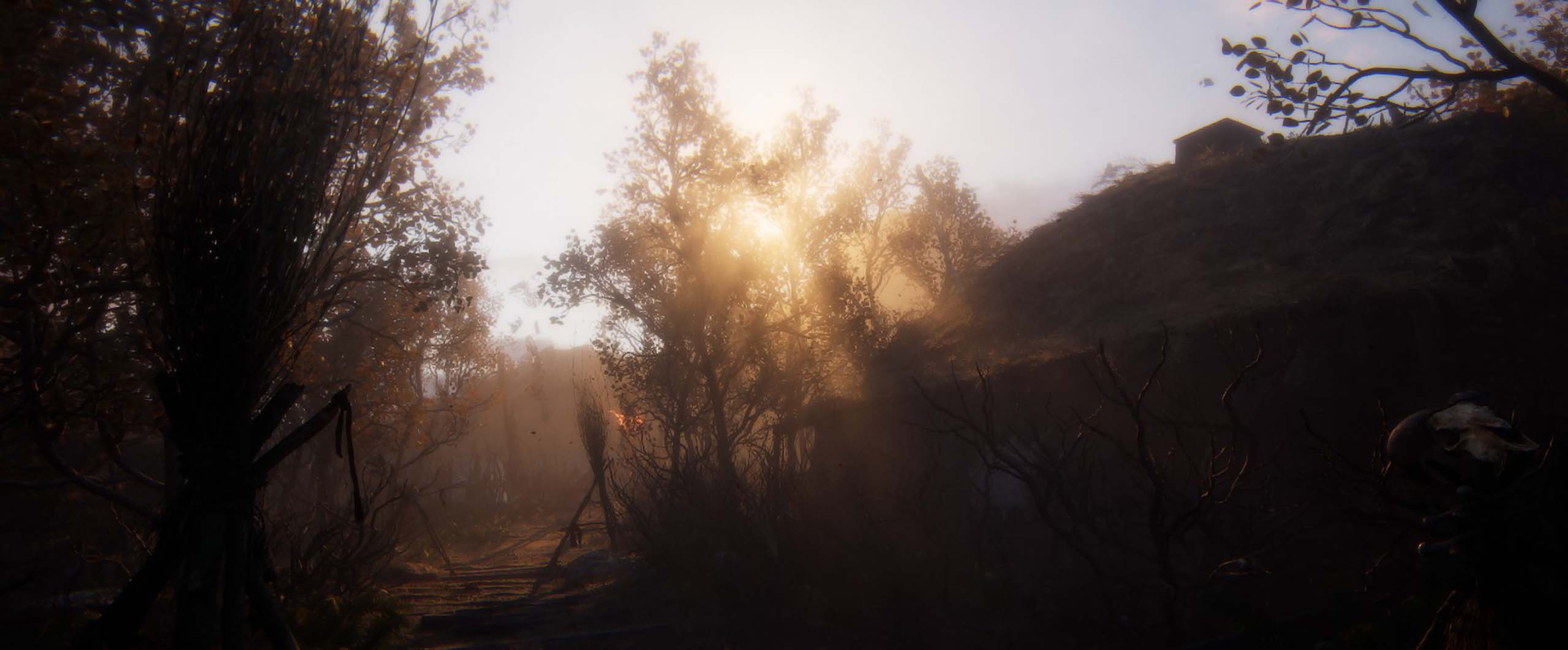
Ninja Theory has been working closely with Epic Games to ensure that their game is one of the best representations of Unreal Engine 5’s capabilities. These two teams stopped at nothing to push as much as they could out of the available technology and they did such a good job. The game looks absolutely sublime, with the lighting being a key standout. It also ran really well. Granted, my PC is a little overboard, sporting a Ryzen 9 7950X paired with an RTX 3080 Ti but it managed to stay well above 60 frames per second for most of the time. There were moments where it got close to dipping below that target, but I did also set the upscaling to be a little intense so it was forgivable. The environments of the game are gorgeous and the team at Ninja Theory used real-life references of Icelandic landscapes and environments to craft this world. The work done here is nothing short of magnificent.
The last thing to note is the music. Heilung and David Garcia (no relation to me) have clearly put as much time and care into the soundtrack as the rest of the team did for the game. What this creates is a soundtrack that is perfectly emotive and well-suited for each scenario in which it is utilised. Each pivotal moment of Senua’s Saga: Hellblade II is enhanced by the presence of such well-tailored music. For those content creators among you, the soundtrack is all fine to stream with, barring the end credits music which can be disabled in the settings.
- Conclusion
- In 2017 I used the words “hauntingly beautiful” to describe the experience that was Hellblade: Senua’s Sacrifice and those words are equally applicable here. Ninja Theory has woven a beautiful digital tapestry that takes the player on a journey of growth and understanding while also providing a platform for mental health awareness to shine. Senua’s Saga: Hellblade II may have taken a long time to develop, but that time and effort shows in the game’s unwavering focus and nuance. Like the game before it, this is a hauntingly beautiful work of art.
- PC
- ASUS TUF Gaming X670-E Plus
- Ryzen 9 7950X
- MSI RTX 3080 Ti GAMING X TRIO 12GB (Driver ver. 552.44)
- G.Skill Trident Z5 RGB 64GB (2x32GB) DDR5-6000 CL32
- Samsung 970 EVO Plus NVMe SSD 500GB (OS), Kingston NV2 M.2 NVMe Gen4 SSD 4TB (Game install)
- Windows 10 Home (Build ver. 19045)



